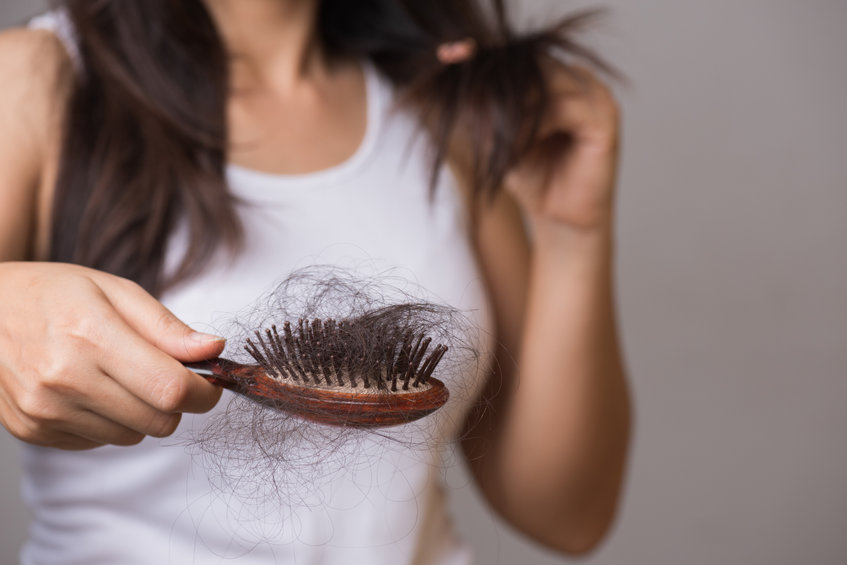
Hair grows on human skin in various textures, colors and densities. The structure that each hair grows from is called the follicle. Muscles, oil glands and nerves extend from the follicle into the dermis layer of the skin. Throughout life, the skin is constantly shedding dead skin cells and growing new ones. Inside the hair follicles, sebum oil carries the dead cells to the surface of the skin. Various factors can interfere with the cycle of renewal and disposal causing a number of hair disorders.
Folliculitis is infection and inflammation of the hair follicle. The condition may only be superficial and affect the surface of the skin, or it may extend deep within the follicle. The most common cause of folliculitis is bacterial Staphyloccus aureus. Hair follicles become red and irritated resulting in pus-filled lesions. Folliculitis can clear up by itself in a matter of weeks or, when persistent, requires treatment by a board-certified dermatologist.
Alopecia. is the medical term for baldness. It is an autoimmune disease that leads to hair loss anywhere on one’s body including eyelashes and eyebrows. Alopecia can affect men, women and children, causing the person’s immune system to attack the hair follicle and the hair to stop growing and fall out. Alopecia results in overall thinning of scalp hair rather than complete balding. Alopecia areata and androgenetic alopecia are types of temporary hair loss that does not result from damaged follicles. Scarring alopecia is permanent hair loss that results from damaged follicles. Dr. Claiborne may opt to do a scalp biopsy to determine whether the cause of your alopecia is due to a scarring or non-scarring form of alopecia.
Treatments for alopecia can include topical treatments, oral treatments or injectable treatments depending on the cause and severity of your hair disorder.
Nail Disorders

Nails can be affected by a number of disorders. The most common nail disorder is a fungal infection that causes abnormal nail growth, discoloration, nail separation and nail thickening. Nail infections are more common in immunosuppressed patients and are often paired with fungal infections of the feet. In addition to fungal infections, other nail disorders can be related to infections and internal diseases, birth defects and growth problems, drug use and more.
